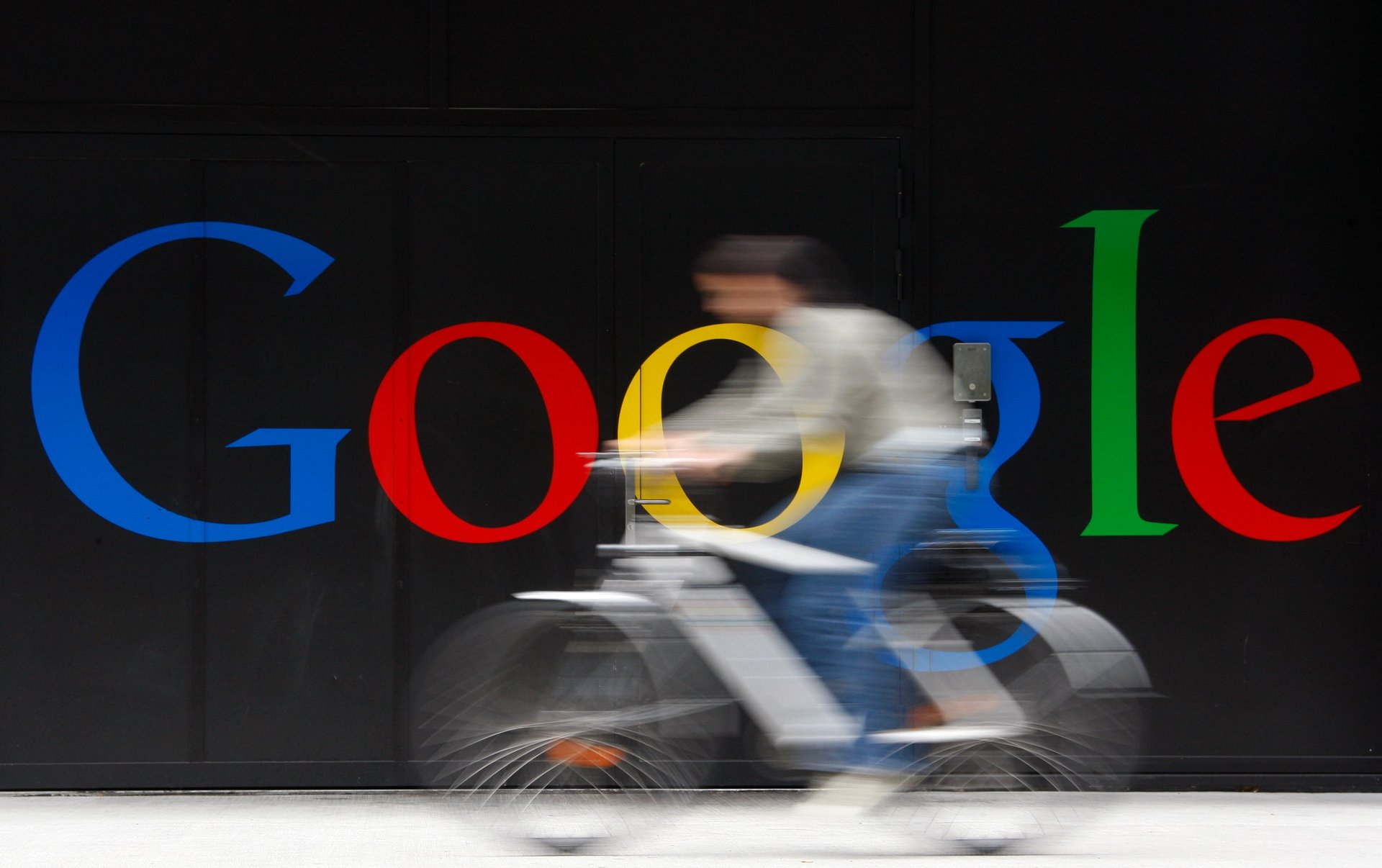Time-management tips from the productivity expert who trains Google executives
Laura Mae Martin has been a natural task optimizer since childhood. Making cookies with her sister, she would insist on an assembly line system. Efficiency is her idea of fun.


Laura Mae Martin has been a natural task optimizer since childhood. Making cookies with her sister, she would insist on an assembly line system. Efficiency is her idea of fun.
Now Martin is Google’s in-house, self-taught productivity trainer, leading a team of 15 others and working as an advisor to executives in a role that she invented for herself using the 20% of paid time that “Googlers” can dedicate to a personal project.
Previously, while in a variety of sales and administration jobs at Google, she would frequently share tips about gmail organization and productivity. One day an executive she was informally coaching said, “Your skill is obviously the way you think about this, and gmail is just your tool,” Martin says.
That realization led her to start thinking seriously about her own theory of time management, one that’s still developing, and which she calls, for now, “mindful productivity.”
Here are five productivity tips she shared with us.
Reconsider your definition of a productive day
For most people, a productive day is one in which a to-do list is “destroyed,” and you can enumerate all the chores you’ve completed. That’s not what Martin believes. If you spent a day watching Netflix, she says, that’s a productive day—if you had intended to watch Netflix. Her mantra: Productivity is about “knowing what you want to do, intending to do it, and doing what you wanted to do.”
When Google executives say that spending time with their kids is a priority, she says she tells them, “If that’s one of your goals, it should be on your calendar.”
Open “loops”
When you fill up all the gaps in your day by checking your messages or browsing on social media sites, for example when you’re standing in line or commuting, says Martin, you lose opportunities to get lost in thought, the moments when the best ideas happen.
Psychologists who have tested this theory believe that when our mental guard is down, especially during breaks, it’s easier for one’s thoughts to break away from existing, dead-end patterns. We might land on a solution to a problem without consciously thinking about it.
Some people call these “shower moments,” says Martin, but they can happen anywhere, if you make some space for them.
“I call this ‘opening a loop,’ which means you’re giving your brain the space to make new connections,” she writes in a recent blog post for Google. “When you answer emails or go to a meeting, you’re closing a loop. It’s important to find a balance, so if you say yes to every meeting, when do you have time to open loops?”
Make meetings work around your schedule, not the other way around
Martin is a fan of Daniel Pink’s book When: The Scientific Secrets of Perfect Timing (Riverhead Books, 2018), in which he explains how our ability to analyze facts or think creatively fluctuates throughout the day, all according to our “chronotype.” (If you’re a natural night owl, for instance, you might get your best analytic work done in the afternoon or evening, rather than the morning, like most people.)
But even before reading Pink’s book, Martin had determined that her “power hours” began at 7:00 am. Now she takes 30 minutes around that time every day for herself, to get a project started or take on a high-priority task without any possibility of interruption. She won’t check her email, she says, until this personal time is over.
When she asks Google employees when they tend to get their best work done, they often say in the evening. But when she asks why, almost everyone responds, “Because I’m in meetings all day.” That’s backwards, Martin argues. Instead, she encourages blocking time on the calendar for yourself first, making yourself unavailable for other people’s agendas, as she does.
Executives who’ve picked up the habit tell her it’s been “a game-changer,” she says.
If you’re productive in one way at work, take the opposite approach in your personal life
When Martin worked as executive assistant at Google, her managers would make comments like, “The trips you plan for me are so perfectly organized, you must have amazing vacations.” But, in fact, she says, her vacations were “pretty messy.”
Similarly, when she worked in sales, she’d come home and not feel like talking much with her roommate or friend, “because I was exerting that energy all day,” she explains. “That’s my definition of balance.”
She advises other Googlers to take the same approach to avoid burnout. The goal is to essentially flex different social and cognitive muscles.
Check your app settings
This one just takes a few minutes and could have a drastic impact, but Martin says that in her experience, most people skip this step. Her simplest advice for improving productivity is to familiarize yourself with the settings in the apps you use most often. You will likely discover options for shortcuts and learn how to block interruptions.
Martin recommends conducting a settings inspection before you dive into a new app and begin building regular habits around it. Pause before you dive in, she says, and figure out how to make it work for you. It’s sound advice, and not just for when you’re using apps.